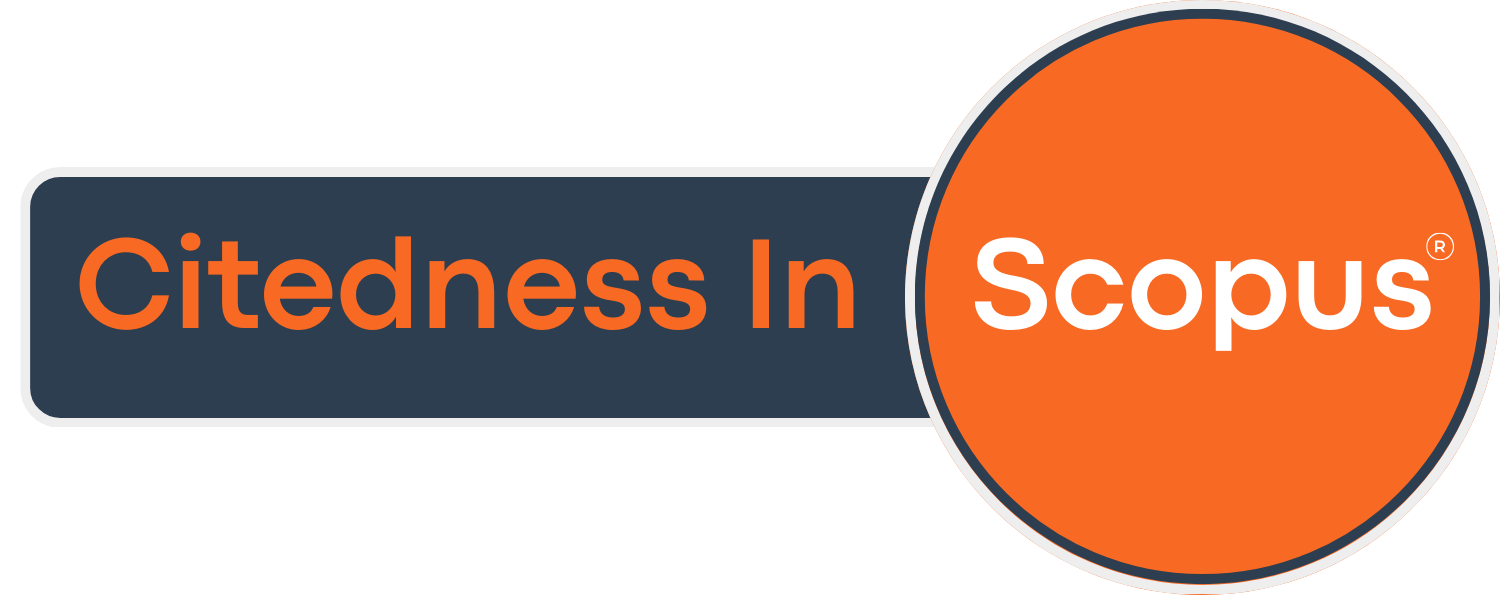Effect of Size of Polyester Matrix Coconut Coir Powder on Bending Test and Scanning Electron Microscopy (SEM) Test
Pengaruh Ukuran Serbuk Sabut Kelapa Bermatrix Polyester Terhadap Uji Bending dan Uji Scanning Electron Microscopy (SEM)
Keywords:
Coconut fiber, Mechanical properties, Polyeste, PowderAbstract
Coconut plants are plants that are often found in all corners of the archipelago, so that natural products in the form of coconut in Indonesia are very abundant. Coconut fiber waste has the potential to be used as a reinforcement for new materials in composites. Coconut coir contains fiber which is an alternative natural fiber material in the manufacture of composites. The purpose of this study was to determine the effect of coco coir powder size on mechanical properties (bending test and SEM test) with coco coir powder size of 20, 40, 60 mesh with a volume fraction of 30% and following the ASTM D 790-03 composite material standard. SEM testing was carried out to determine differences in the surface conditions of the specimen due to fracture and the manufacturing process using the hand lay up method, SEM photos were used to analyze the morphology of the coconut powder composite with a polyester matrix. The results of the ASTM D 790-03 bending test resulted in the average bending strength values, namely 86,81 MPa resin specimens, 49,06 MPa 20 mesh specimens, 48,42 Mpa 40 mesh specimens, 45,44 Mpa 60 mesh specimens. The results of the SEM photo show that the powder is not completely bonded, so there are still voids and cracks in the empty matrix area, this can be caused by air trapping in the composite during molding.
References
I. Mawardi, A. Azwar, and A. Rizal, “Kajian perlakuan serat sabut kelapa terhadap sifat mekanis komposit epoksi serat sabut kelapa,” J. POLIMESIN, vol. 15, no. 1, p. 22, 2017, doi: 10.30811/jpl.v15i1.369.
I. B. Dharmawan and W. Anhar, “Analisa pengaruh perlakuan kimia pada serat terhadap kekuatan impak charpy komposit serat sabut kelapa bermatriks epoxy Effect of chemical treatment of composite coir fiber with epoxy matrix on the Charpy impact strength,” vol. 18, pp. 47–52, 2020.
A. D. Laksono and N. Adlina, “Pengaruh Perlakuan Alkalisasi Serat Alam Kayu Bangkirai ( Shorea Laevifolia Endert ) pada Sifat Mekanik Komposit dengan Matriks Poliester,” vol. 5, no. 2, pp. 1–7, 2019.
D. Wiksan, M. Balfas, and F. Habib, “TERHADAP SIFAT MEKANIS KOMPOSIT SERAT SABUT KELAPA,” J. UMI, pp. 37–42, 2021.
Z. D. Zulkifli Ida Bagus, “Analisa Pengaruh Perlakuan Alkalisasi Dan Hydrogen Peroksida Terhadap Kekuatan Mekanik Komposit Serat Sabut Kelapa Bermatriks Epoxy,” J. POLIMESIN, no. Vol 17, No 1 (2019): Polimesin, pp. 41–46, 2019, [Online]. Available: http://e-jurnal.pnl.ac.id/index.php/polimesin/article/view/844.
Z. Zulkifli, H. Hermansyah, and S. Mulyanto, “Analisa Kekuatan Tarik dan Bentuk Patahan Komposit Serat Sabuk Kelapa Bermatriks Epoxyterhadap Variasi Fraksi Volume Serat,” JTT (Jurnal Teknol. Terpadu), vol. 6, no. 2, p. 90, 2018, doi: 10.32487/jtt.v6i2.459.
S. Mardwiyani, B. D. Haripriadi, and P. N. Bengkalis, “Analisa Komposit Polimer Serbuk Kulit Kelapa Sebagai Bahan Penguat Untuk Pembuat Helm Safety,” 2020.
M. Riduan and Suhardiman, “Analisis Tingkat Keausan Komposit Polymer Yang Diperkuat Serbuk Serabut Kelapa,” pp. 261–29, 2019.
H. N. Beliu, Y. M. Pellle, and J. U. Jarson, “Analisa Kekuatan Tarik dan Bending pada Komposit Widuri - Polyester,” Lontar, vol. 03, no. 02, pp. 11–20, 2016.
Y. Rianita, Chomsin S. Widodo, and Masruroh, “Studi Identifikasi Komposisi Obat dan Limbah Balur Benzoquinon (BQ) Hasil Terapi Pembaluran dengan Scanning ELectrone Microscopy (SEM),” FMIPA Univ. Brawidjaya, pp. 1–4, 2014.
D. W. Nurhajati, “KUALITAS KOMPOSIT SERBUK SABUT KELAPA DENGAN MATRIK SAMPAH,” vol. V, no. 2, pp. 143–151, 2011.
F. I. Sijabat and J. Saragih, “KOMPOSIT POLIESTER TAK JENUH TERHADAP SIFAT MEKANIK DAN,” vol. 2, no. 4, pp. 31–37, 2013.
Published
Issue
Section
License
Copyright Notice
Authors retain copyright and grant the journal right of first publication with the work simultaneously licensed under a Creative Commons Attribution 4.0 International License that allows others to share the work with an acknowledgement of the work's authorship and initial publication in this journal.







